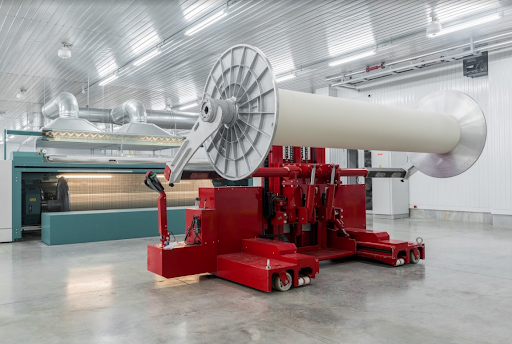What is Concrete Testing?

When you have concrete poured, you want to ensure that you have reliable concrete that is durable. One way to ensure that your concrete will be able to stand up to whatever you throw at it is to have concrete testing done. Concrete testing is a handful of tests that are created to test the strength, durability, air content, and weight of concrete. Today we will be exploring some of these tests and what they do.
Why Concrete Testing is Important
Many industries, including hospitals, food and beverage, and auto dealerships, use concrete in the design of their workspaces. As such, these concrete floors need to be able to withstand heavy foot traffic, manufacturing, and the transportation of goods and heavy objects, which is why testing is so important. Quality assurance is another reason. When a concrete floor is installed, the materials need to be rigorously tested. Fortunately, there are several ways to go about this.
Types of Concrete Testing
There are seven common types of concrete testing. These include:
- Slump test
- Unit weight check
- Air content test
- Destructive concrete testing
- Schmidt Rebound Hammer
- Flexural testing
- Compressive strength laboratory testing
We provide further detail about each type of concrete testing below.
What is a Slump Test?
While the name of this test may be odd, it’s a test that is designed to evaluate the flow characteristics of concrete as it’s being poured. First, concrete is put into an inverted cone in three stages. While this happens, a metal rod is used to tamp down the concrete in each stage. When the cone is filled, it’s lifted up using handles. At this point, the concrete subsides and “slumps” to the ground. The original height and slump height are then recorded to see if the flow of the concrete is ready. Generally, a slump in the range of 4 to 5 inches is ideal as it strikes a balance between consistency and workability.
How to Check Unit Weight
This is a test that is very simple and easy to do. Concrete is poured into a container of a specific volume. Once it’s filled, it’s then weighed to determine the unit weight and density.
Testing for Air Content
Air content in concrete provides the ability for concrete to contract and expand. In order to see if the air content specifications are in order, a test is conducted. The test itself starts off a lot like a slump test. Three lifts of concrete are loaded into a metal base and tamped with a metal rod. A metal lid with a pressure gauge is then placed and a hand pump is used to pressurize to a point of calibration before it’s stabilized. Pressure is then released and a technician can read the air content from a dial attached to the device.
Destructive Concrete Testing
This kind of testing is used to obtain an accurate measure of the concrete’s strength. What’s unique about destructive concrete testing is that it requires existing concrete to be cored. Once cored, the cylinder is removed and sent to a lab for testing.
Schmidt Rebound Hammer
The Schmidt Rebound Hammer is a form of nondestructive testing. During this testing, a hammer is used to go through the concrete until it hits a spring-loaded mass. Doing this takes a mass of concrete and measures the rebound off of it. This measurement is then compared to existing data to determine a rough estimate of concrete’s compressive strength. In order to do this, the hammer must be calibrated before use and the test must be applied to multiple areas to get an average value.
Flexural Testing
Depending on the industry that is currently installing or previously installed the concrete, a flexural test may be used to measure the concrete’s strength. Concrete specimens are put into the shape of a rectangular beam. When the concrete specimens are cured, they are placed on either end until it snaps in the middle. This provides data on how much force it takes for a beam to bend.
Compressive Strength Laboratory Testing
After the concrete is poured and put into place at the site, concrete cylinders are then brought back to the laboratory so they can be tested for their strength 7, 14, and 28 days after installation. In some cases, testing may be conducted up to 56 days after the concrete has been installed. These testing times allow the installation crew to compare the concrete’s strength at different curing intervals.

